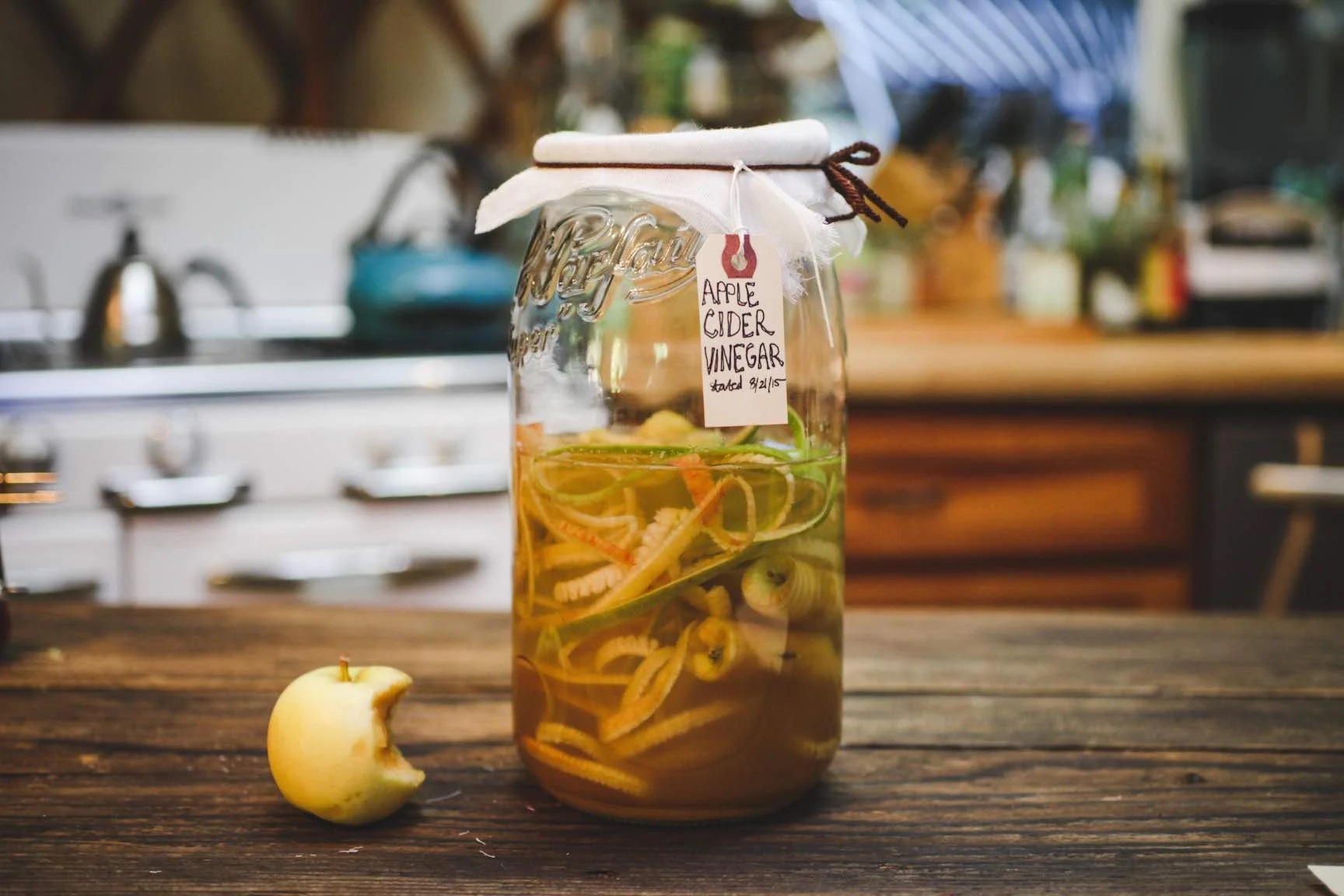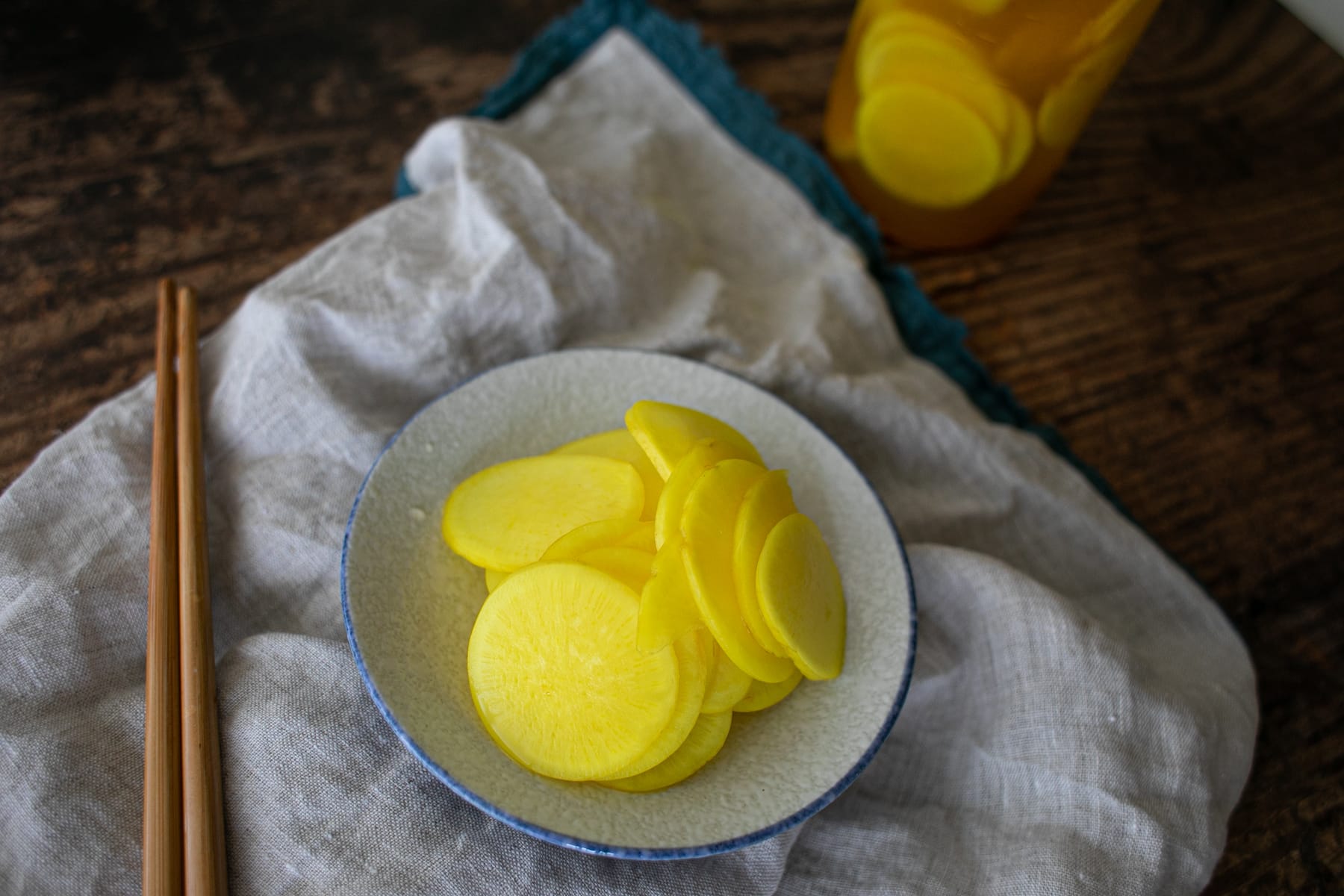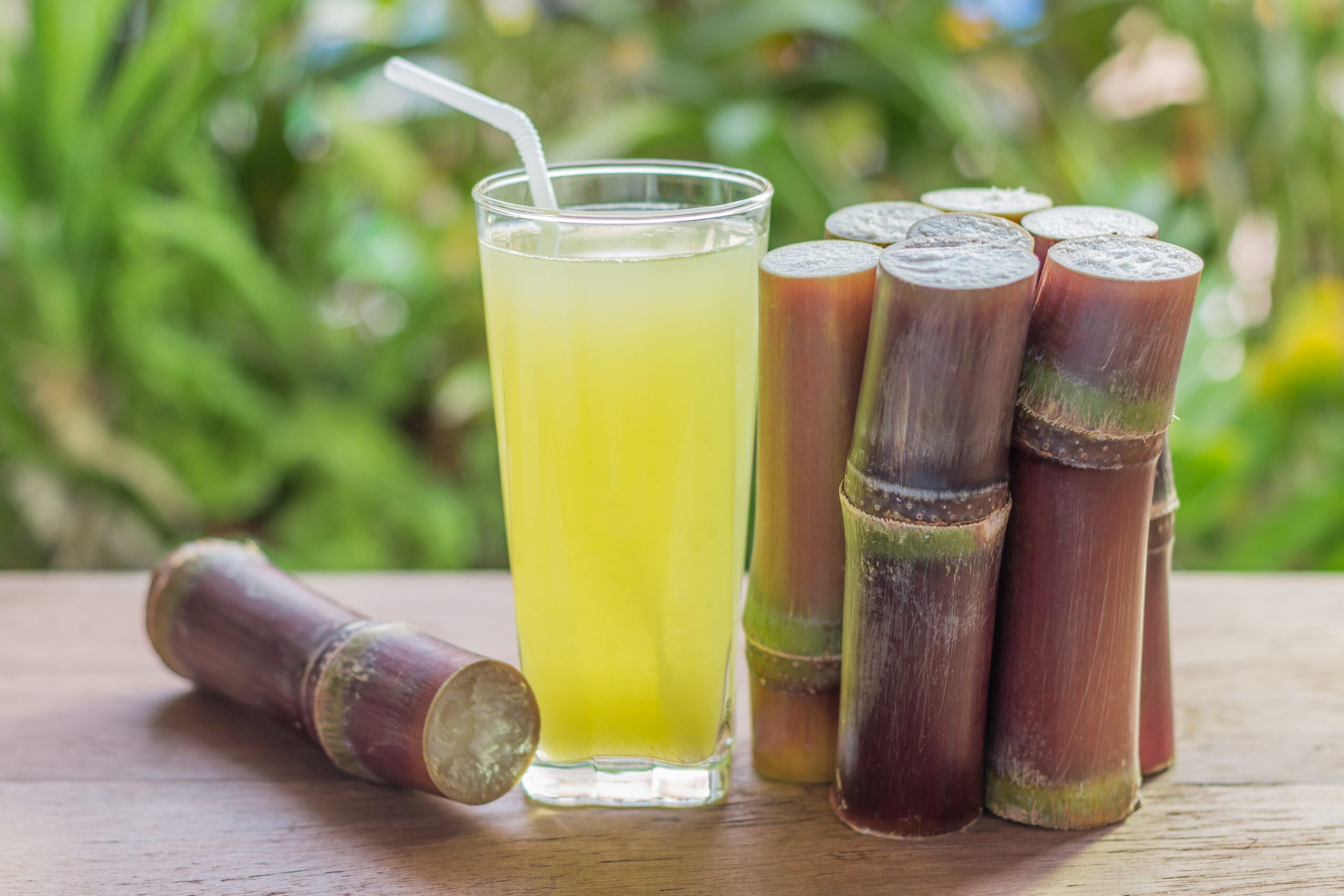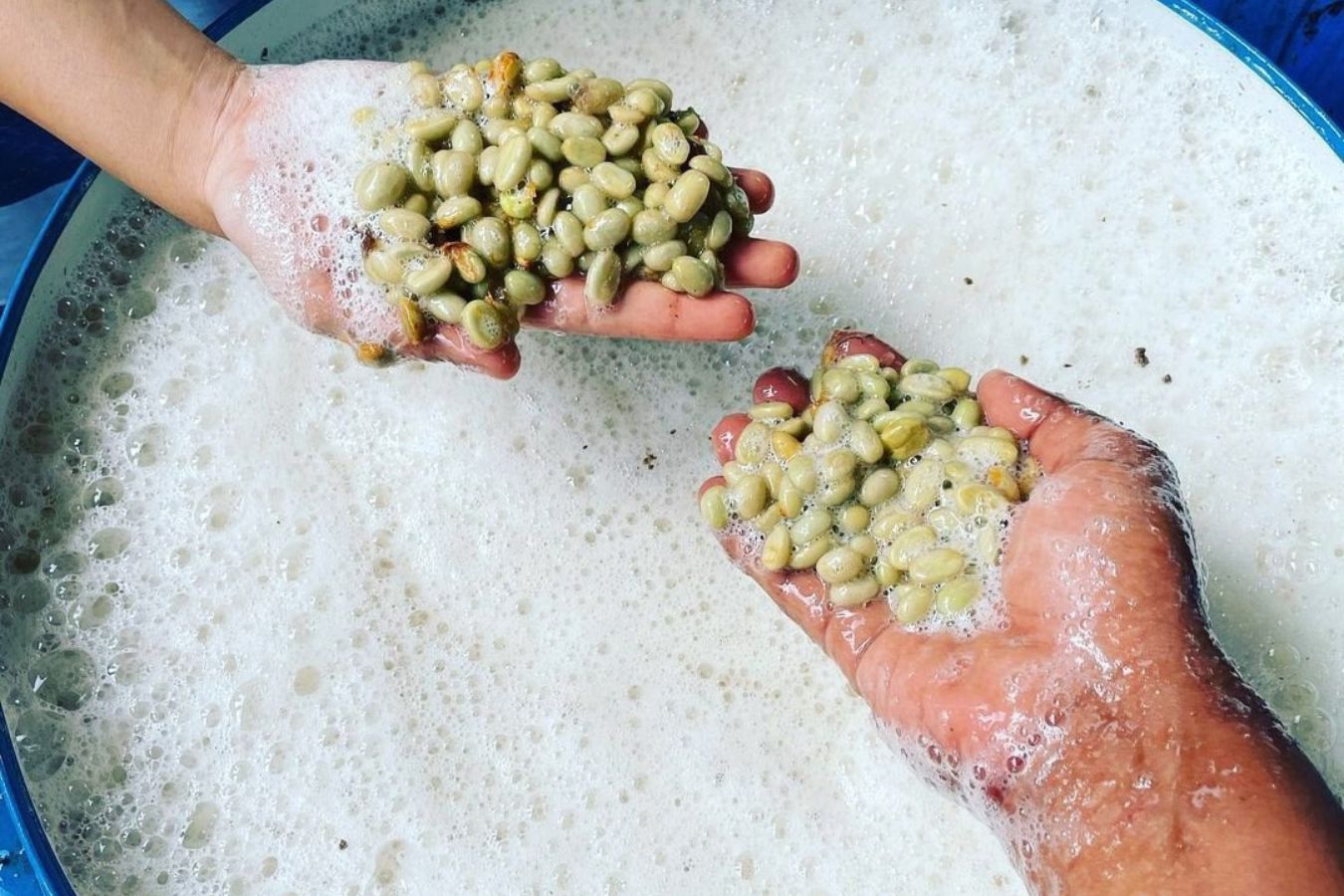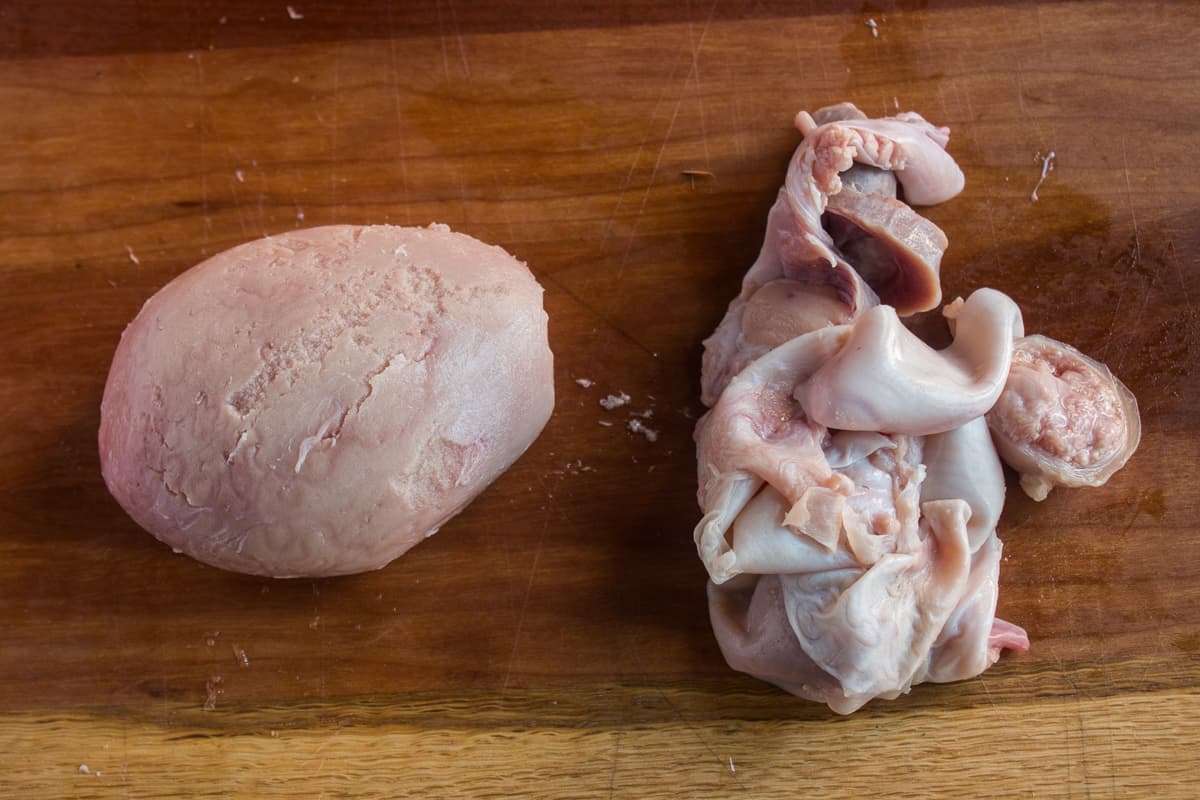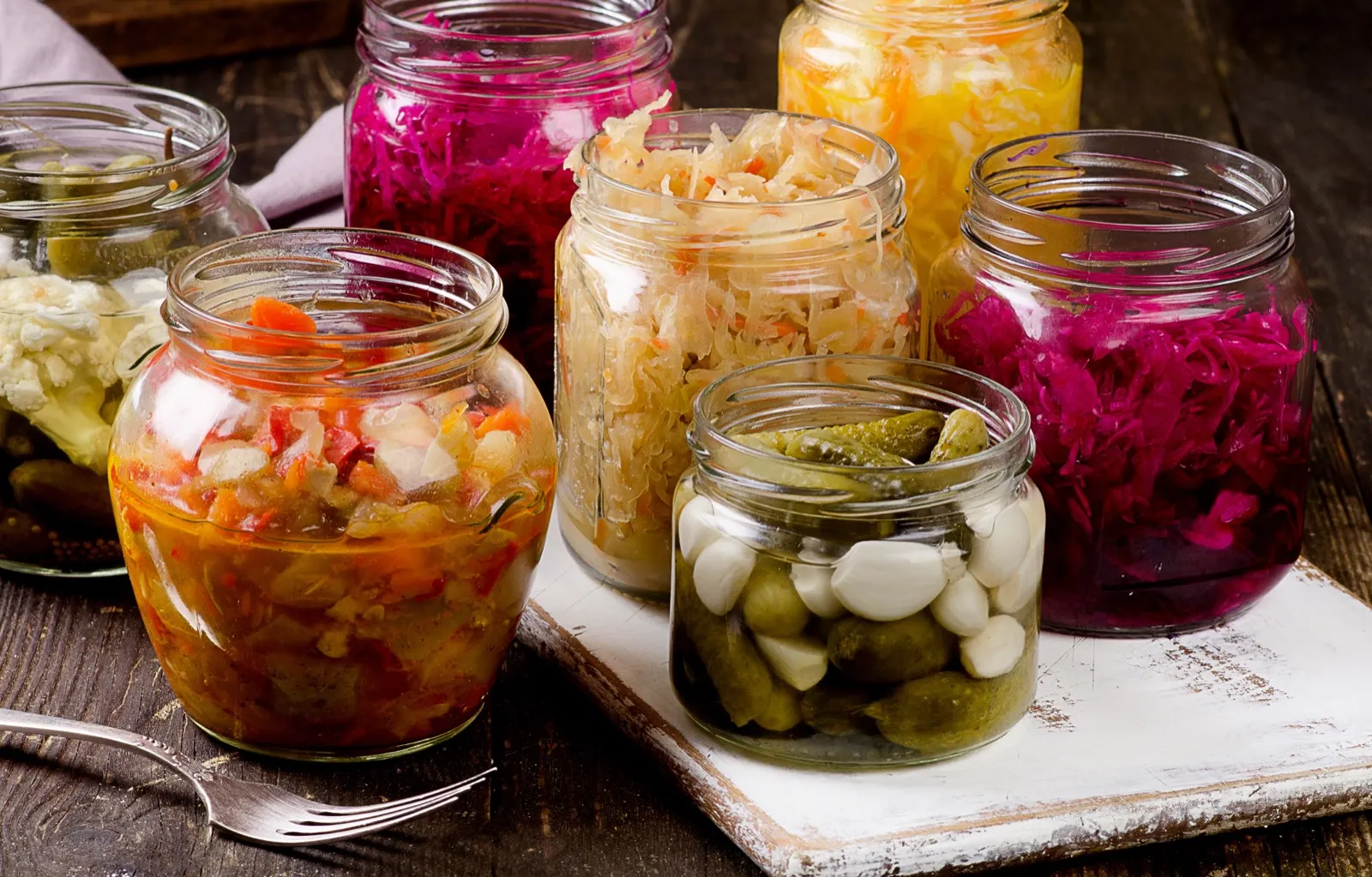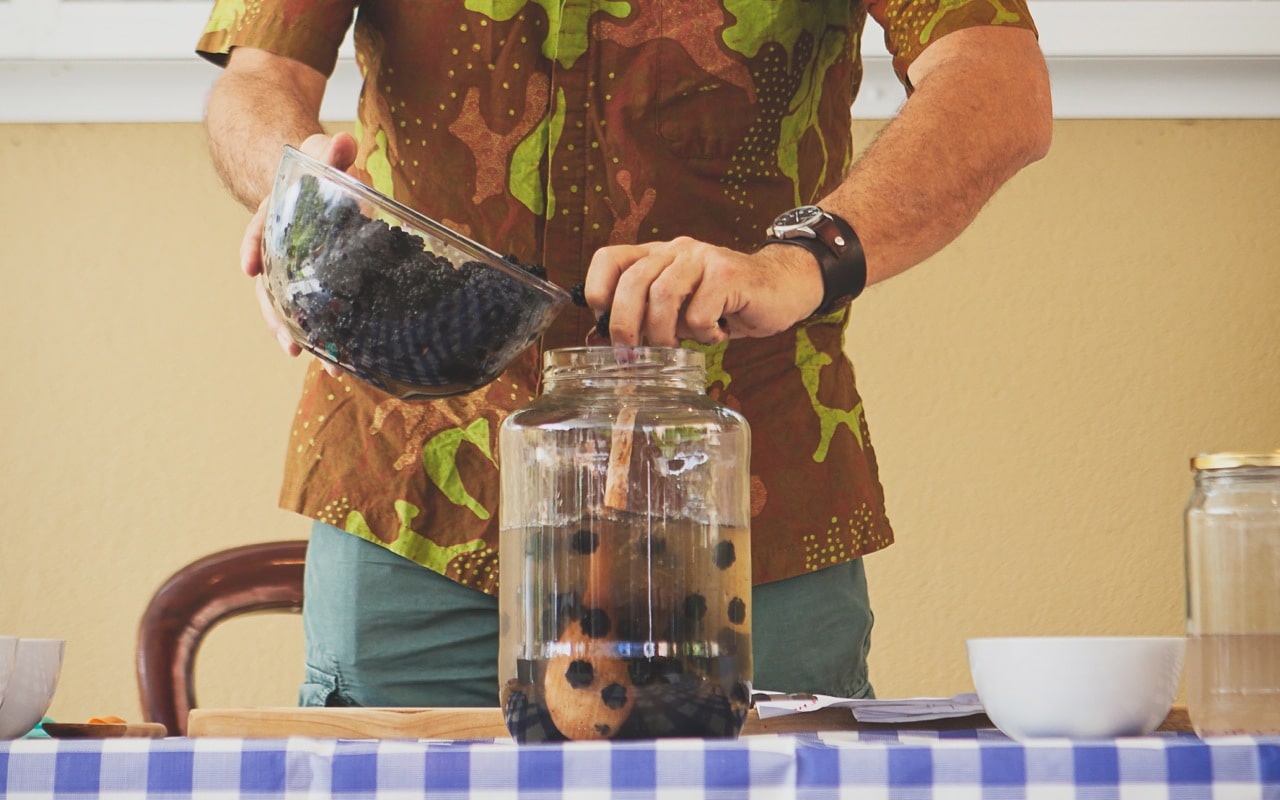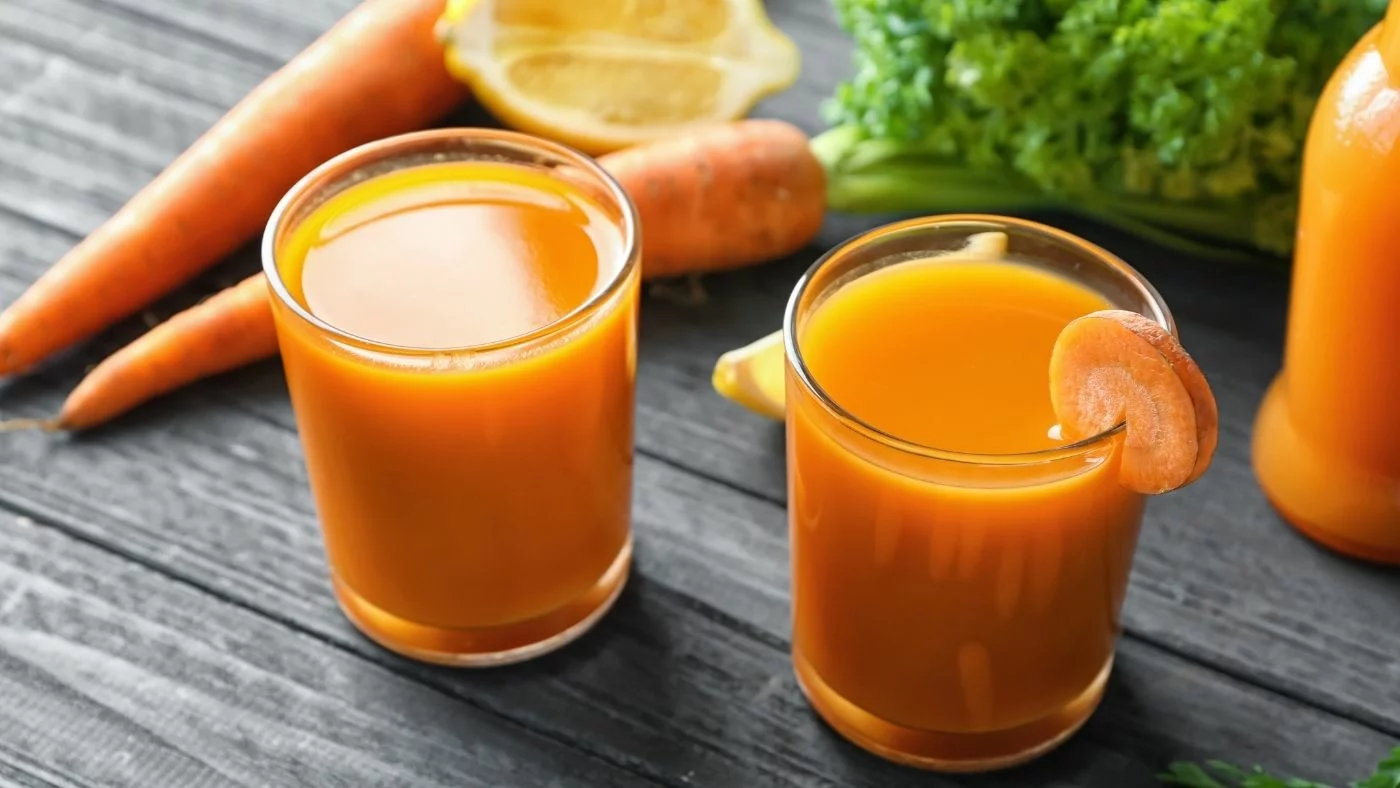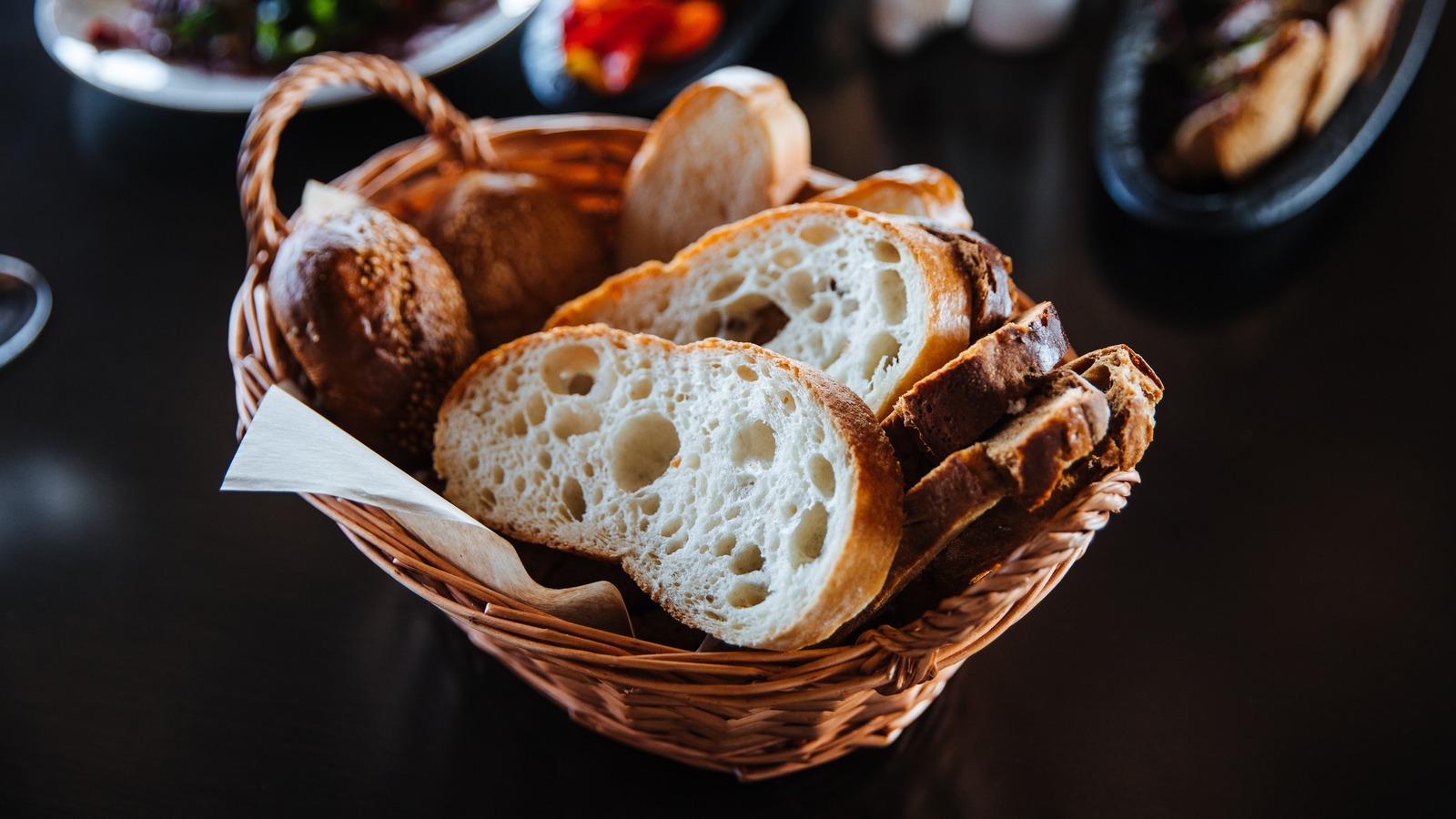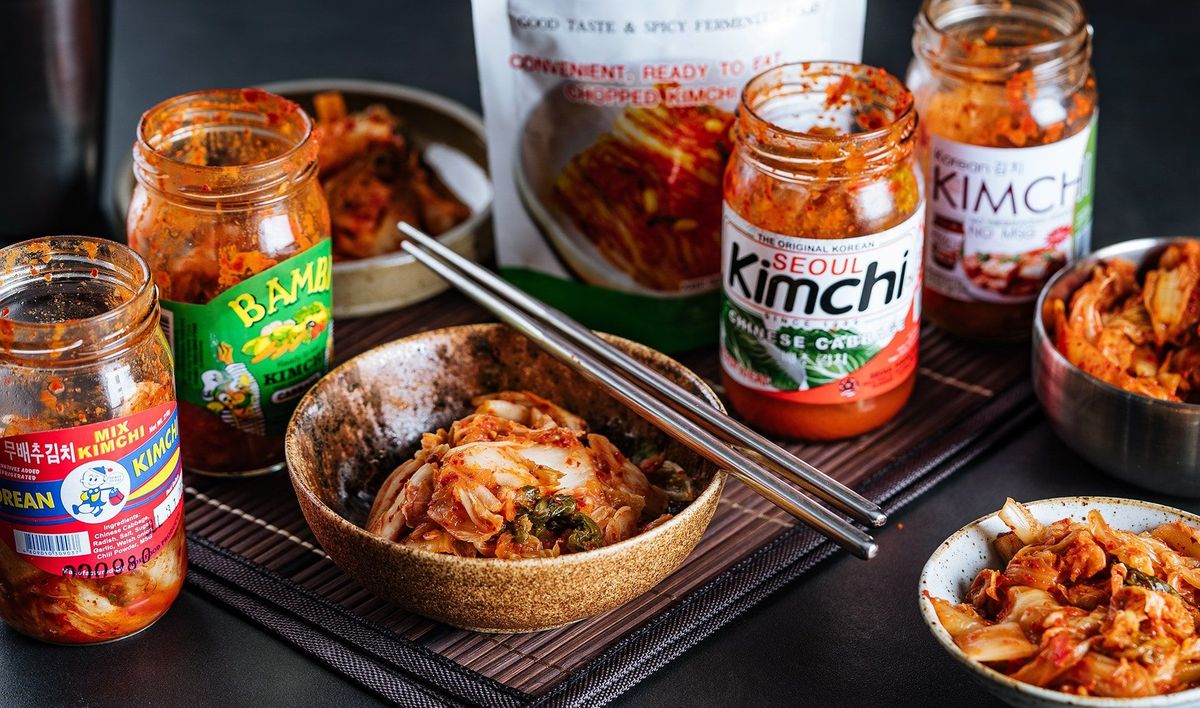Fermentation has been a cornerstone of food preservation and flavor enhancement for centuries. From tangy sauerkraut to rich miso, traditional fermentation techniques offer a fascinating glimpse into culinary history. These methods not only extend shelf life but also boost nutritional value and create complex flavors. Whether you're curious about kimchi, intrigued by sourdough, or eager to try your hand at homemade yogurt, understanding these age-old processes can transform your kitchen adventures. Join us as we explore the science, art, and cultural significance behind some of the world's most beloved fermented foods.
Gather Your Ingredients for Exploring Traditional Fermentation Techniques
Ingredients for Traditional Fermentation Techniques
- Cabbage: 1 medium head, shredded
- Carrots: 2 large, grated
- Salt: 1 tablespoon, non-iodized
- Water: 4 cups, filtered
- Ginger: 1-inch piece, grated
- Garlic: 3 cloves, minced
- Chili Flakes: 1 teaspoon (optional)
- Cucumber: 1 large, sliced
- Radishes: 5-6, sliced thin
- Green Onions: 4, chopped
- Seaweed: 1 sheet, cut into strips (optional)
- Glass Jar: 1 large, sterilized
- Fermentation Weight: 1, to keep vegetables submerged
- Cloth Cover: 1, to cover jar
- Rubber Band: 1, to secure cloth cover
Essential Tools for Exploring Traditional Fermentation Techniques
Tools Needed for Exploring Traditional Fermentation Techniques
- Glass Jars: Ideal for fermenting vegetables and other foods.
- Fermentation Weights: Keeps food submerged in brine.
- Airlocks: Allows gases to escape without letting air in.
- Mixing Bowls: For preparing ingredients before fermentation.
- Wooden Spoons: Gentle on ingredients, preventing damage.
- Cheesecloth: Covers jars while allowing airflow.
- Kitchen Scale: Ensures accurate measurements.
- Thermometer: Monitors temperature during fermentation.
- pH Strips: Checks acidity levels.
- Sharp Knife: For chopping and slicing ingredients.
- Cutting Board: Provides a stable surface for cutting.
- Measuring Cups and Spoons: For precise ingredient amounts.
- Mason Jar Lids: Seals jars during fermentation.
- Colander: Drains liquids from ingredients.
- Grater: Shreds vegetables for quicker fermentation.
- Tongs: Handles ingredients without contamination.
- Labels and Markers: Tracks fermentation dates and contents.
- Timer: Keeps track of fermentation time.
- Clean Towels: Wipes down surfaces and jars.
- Storage Containers: Stores finished fermented products.
Traditional fermentation techniques use natural bacteria and yeast to preserve food, enhance flavors, and improve digestion. Common examples include sauerkraut, kimchi, yogurt, and sourdough bread.
The Importance of Exploring Traditional Fermentation Techniques
Traditional fermentation techniques preserve food, enhance flavors, and boost nutritional value. They create beneficial probiotics that improve gut health. Fermentation also extends shelf life without artificial preservatives. Cultures worldwide use these methods to create unique, flavorful dishes like kimchi, sauerkraut, and yogurt. This process connects us to culinary history.
How to Make Exploring Traditional Fermentation Techniques Step by Step
Exploring Traditional Fermentation Techniques
1. Gather Ingredients and Equipment
- Fresh vegetables (cabbage, cucumbers, carrots)
- Salt (non-iodized)
- Water (filtered or distilled)
- Fermentation vessel (glass jar, crock)
- Weights (to keep vegetables submerged)
- Cloth cover (to keep out dust and insects)
- Rubber band (to secure cloth)
2. Prepare Vegetables
- Wash vegetables thoroughly to remove dirt.
- Chop or slice vegetables into desired shapes and sizes.
- Remove any bad spots or blemishes.
3. Create Brine Solution
- Dissolve salt in water to create a brine.
- Use a ratio of 1-3 tablespoons of salt per quart of water.
- Stir until salt is completely dissolved.
4. Pack Vegetables into Vessel
- Place vegetables into the fermentation vessel.
- Pack tightly to minimize air pockets.
- Leave some space at the top for expansion.
5. Add Brine
- Pour brine over vegetables until completely submerged.
- Ensure no vegetables are exposed to air.
6. Weigh Down Vegetables
- Place weights on top of vegetables to keep them submerged.
- Use clean stones or specialized fermentation weights.
7. Cover and Secure
- Cover vessel with a cloth to allow gases to escape.
- Secure cloth with a rubber band to keep it in place.
8. Store in a Cool, Dark Place
- Place vessel in a cool, dark area.
- Ideal temperature is between 60-75°F (15-24°C).
9. Monitor Daily
- Check daily for any signs of mold or scum.
- Skim off any mold or scum that forms on the surface.
10. Taste Test
- Begin tasting after a few days to a week.
- Fermentation time varies from a few days to several weeks.
11. Transfer to Cold Storage
- Once desired flavor is achieved, transfer to cold storage.
- Refrigerate or place in a cool cellar.
12. Enjoy and Share
- Consume fermented vegetables as desired.
- Share with friends and family for a healthy treat.
Embracing the Art of Fermentation
Fermentation isn't just a method; it's a culinary tradition that brings depth and flavor to our food. From sauerkraut to kimchi, these techniques have been passed down through generations. They not only preserve food but also enhance its nutritional value. By incorporating these methods into your kitchen, you're not just making food; you're connecting with history and culture. Plus, the health benefits are undeniable, with probiotics playing a crucial role in gut health. So, grab some cabbage, salt, and a jar, and start your fermentation journey today. You'll be amazed at how simple ingredients can transform into something extraordinary. Happy fermenting!
Common Questions About Exploring Traditional Fermentation Techniques
What is fermentation?
Fermentation is a process where microorganisms like bacteria and yeast convert sugars into alcohol or acids. This helps preserve food and can add unique flavors.
Why is traditional fermentation important?
Traditional fermentation methods have been used for centuries to preserve food, enhance flavors, and improve digestibility. They often use natural ingredients and processes, making them healthier.
What are some common fermented foods?
Some popular fermented foods include sauerkraut, kimchi, yogurt, kefir, miso, and kombucha. Each has its own unique taste and health benefits.
How long does fermentation take?
The fermentation time varies depending on the food and the method used. It can range from a few hours for yogurt to several weeks for sauerkraut or kimchi.
Do I need special equipment for fermentation?
Basic fermentation can be done with items you probably already have, like jars, bowls, and cloths. Some recipes might call for specific tools like fermentation weights or airlocks.
Are there any risks involved with fermentation?
When done correctly, fermentation is safe. However, it's crucial to follow recipes carefully to avoid contamination. Always use clean equipment and fresh ingredients.
Can I ferment foods at home?
Absolutely! Many people enjoy making their own fermented foods at home. Start with simple recipes like yogurt or sauerkraut and gradually try more complex ones.
